Rules are the stabilizers of culture. But societies always evolve. Whether from internal or external forces, they change. While societies are recognized by their consistencies more than by their changes, what tends to define cultures in the long run is the relationship between their stabilizers and the way they allow for change.
I had a mind-scattering reminder of this the other day when I encountered a photograph by Jan Pieter van Voorst van Beest at a show of Addison Woolley Gallery artists at Three Fish Gallery.
The particular image in question shows a woman wearing nothing but lingerie (a chemise). She is standing behind a glass door talking to a man on the street.
The context is a series of photos of sex workers taken from the street in Amsterdam’s Red Light District. It’s just a small part of a large show with many other works of art, but I was with my 10-year-old son. My mind naturally shifted to parent mode, and I began thinking about how to explain that the scene is from a different country, etc. But it was an unnecessary line of defense. After all, it’s not like my son has never seen magazine, newspaper or television advertisements, or been to the beach.
What came into focus for us was a little decal in the upper corner of the door featuring the word “NO” and a picture of a camera with a line through it.
With all the complicated social morays floating around, one transgression was evident: “If that sign means ‘no photography,’ then how come he took that picture?”
And clearly it was no fluke. A similar decal was in the window of a woman wearing naught but a pink bra and panties.
As a parent of boys aged 10 and 13, I have no problem with questions about sex. But limit-testing? That’s our current battleground state.
And this is precisely where art is very different from journalism. While professional journalism is a pillar of ethics in our society, contemporary art is about pushing the envelope. Van Beest’s excellently gritty images of Dutch sex workers convey not objectivity, but subjectivity. We experience them not from the outside, but from the photographer’s perspective. And with our freedom to look or look away, we become morally complicit (or not) with the photographer’s point of view.
We Americans still have a troubled relationship with the moral implications of being the audience. We like to proclaim that anything goes in America, but it doesn’t. We don’t have a settled decision on pornography or public representations of sexuality in general. We may wave the flag of freedom, but those Puritans who settled here never really left.
The obvious leap from van Beest’s Amsterdam photographs was to one of Diane Hudson’s images – a snapshot-sized picture of Jennifer Aniston, lying on her stomach, topless though exposing nothing but my concerns about viewer morality.
First we see a black and white picture of Aniston. When we try to parse the colored bit just above the waistline of her only garment, we come to see that it’s a handprint and that this is a photograph of a graffitied billboard.
In addition to the not-arbitrarily placed handprint, we see red paint dripping from her eye as though a stoner’s red-eye was largely cried away by the vandalized image.
More questions. Not only about free speech and damaging someone else’s art, but I am asked about photographing someone else’s pictures, and the conversation turns to how limiting photography is changing because everyone carries a camera on his phone or iPod. After all, I photograph every image (and label) from most of the shows I review. And even our local cultural pillar, the Portland Museum of Art, recently switched to an open photography policy – after all, rules change as society does.
To my relief, we moved to Alan Sockloff’s images of Franconia Notch, New Hampshire. Sockloff’s high-focus, long-exposure photographs are handsomely composed, but it’s hard not to get caught up in the extraordinary technique of his silver prints.
A particularly striking quality of the show of Addison Woolley artists at Three Fish Gallery is the worldliness of the work. In addition to van Beest’s Amsterdam images, the strongest work in the show includes Hudson’s pictures of Chicago, Dan Dowd’s well-traveled photos (I have long admired his shots of Ireland), Ruth Sylmor’s adoring images of Paris and Dave Wade’s singularly eye-popping picture of a young woman in a pink dress under a polka dot parasol.
Wade’s image is a show-stopper. The affably joyous scene effervesces in the upper right to naught but the colorful dots of the parasol and the grain of picture and print in the white of the very corner.
While Wade’s pop-rhythm picture tilts towards its tropical trappings, the railing looks suspiciously like the Casco Bay Lines right here at home – particularly when the mesh of the floral detail of the parasol-holding woman’s dress invites your eye for a closer look at the lattice of the railing.
While we tend to think of Maine art as self-absorbed with its own rugged good looks, photography is much more outwardly oriented. While Addison Woolley Gallery is not a photography gallery per se, its strength is photography. (Jane Banquer’s Prendergast-ish scenes and Andrea van Vorst van Beest’s prints are nice, but photography absolutely dominates the show). It is now a nomadic association of artists who mount shows at venues like Engine in Biddeford and Three Fish. In this light, the pervasive wanderlust of the associated artists is quite fitting.
While the show is too densely hung in the small space, it’s hard to lament the quantity of work considering its strength.
Addison Woolley and Three Fish are both reminders that galleries are no longer bound to behave the way they used to. And while seeing so many strong photography shows does not imply anything (for better or worse) about the state of painting in Maine, it feels like the good kind of change – dynamic and alive.
Freelance writer Daniel Kany is an art historian who lives in Cumberland. He can be contacted at:
dankany@gmail.com
Send questions/comments to the editors.

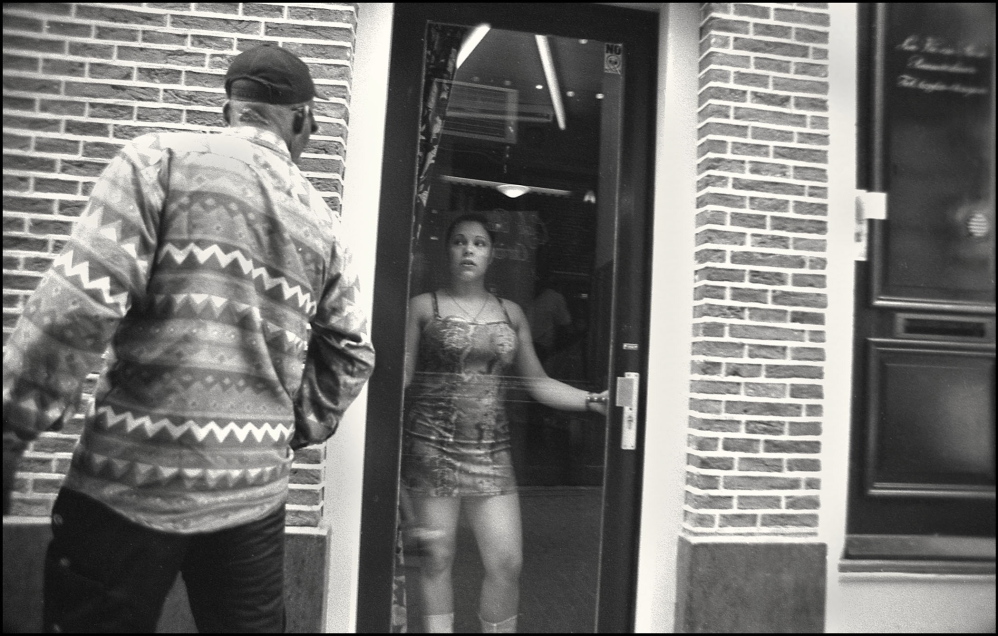
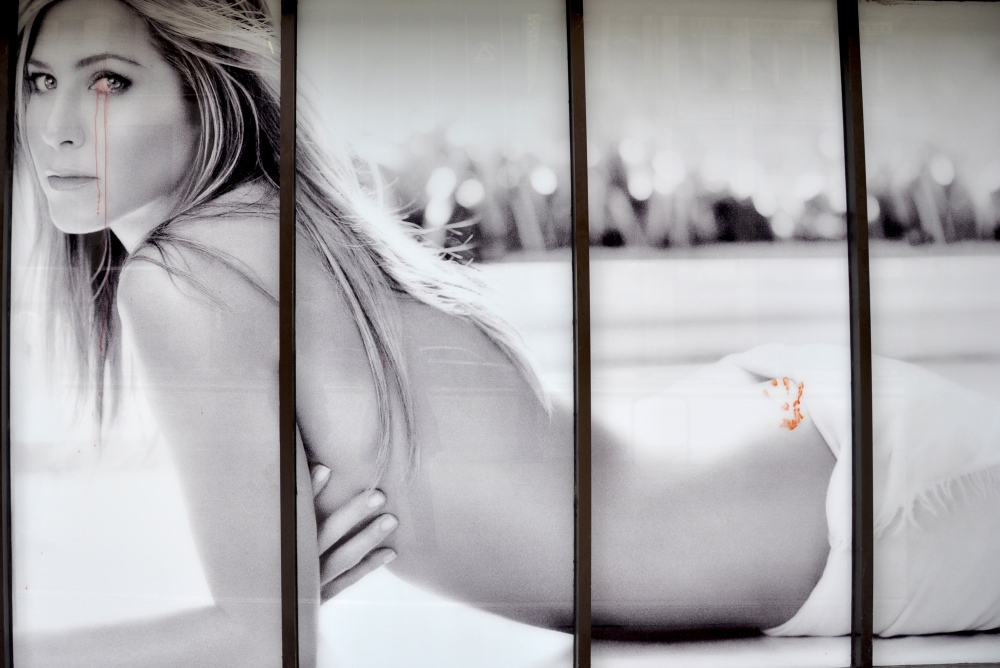
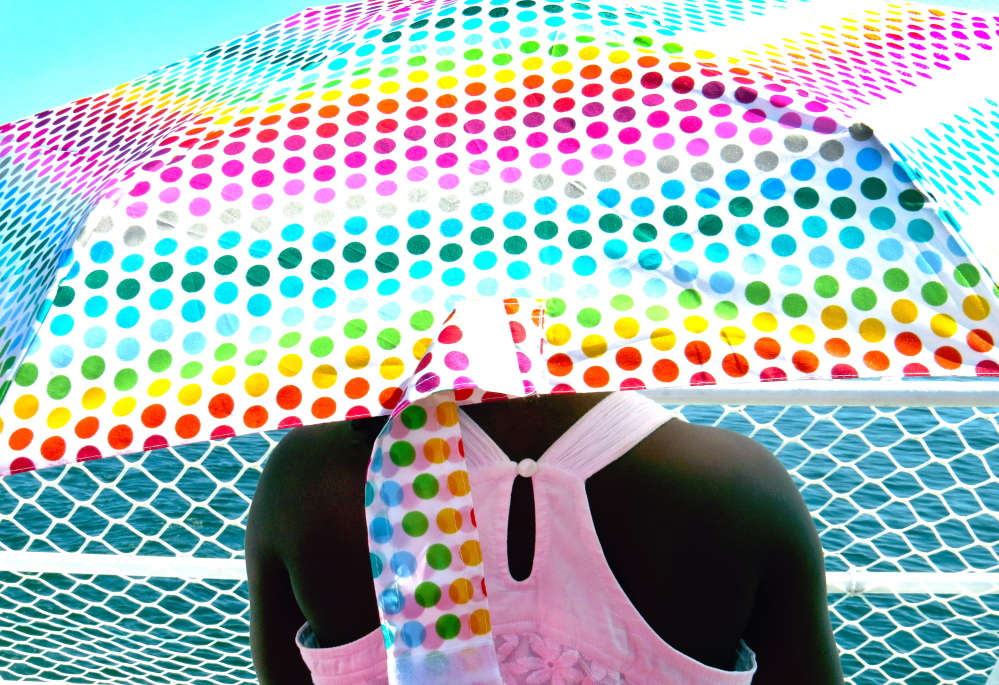
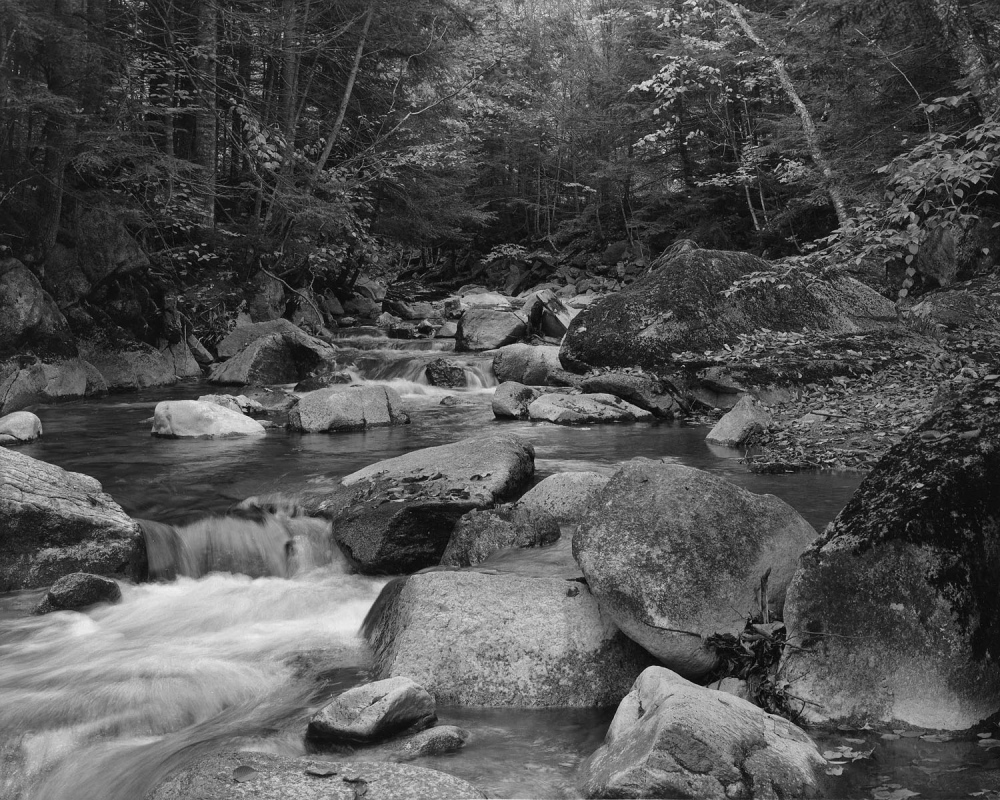
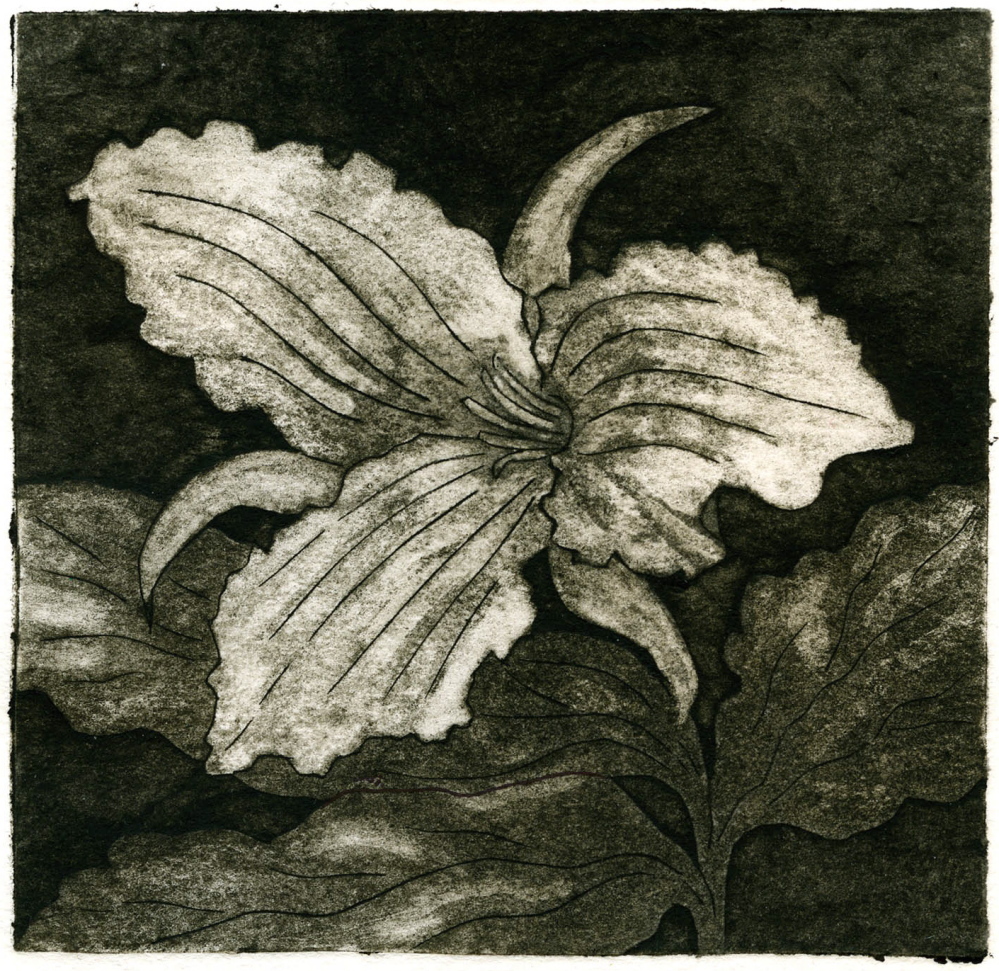

Success. Please wait for the page to reload. If the page does not reload within 5 seconds, please refresh the page.
Enter your email and password to access comments.
Hi, to comment on stories you must . This profile is in addition to your subscription and website login.
Already have a commenting profile? .
Invalid username/password.
Please check your email to confirm and complete your registration.
Only subscribers are eligible to post comments. Please subscribe or login first for digital access. Here’s why.
Use the form below to reset your password. When you've submitted your account email, we will send an email with a reset code.